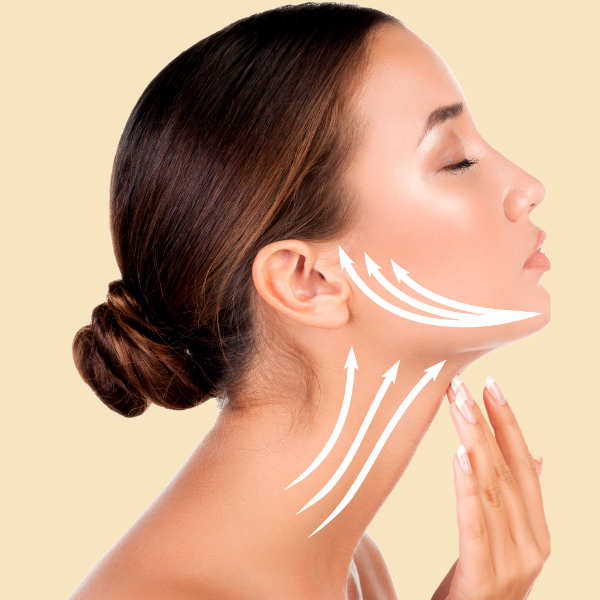Blepharoplasty

Eyelid Surgery(Blepharoplasty)
What is Eyelid Surgery?
The Eyelid Surgery Process
Consultation:
The process begins with a consultation with a boardcertified plastic surgeon. Your goals, medical history, and expectations will be discussed. The surgeon will evaluate your eyelid anatomy and recommend the best approach for your needs.
Preparation:
Prior to surgery, you’ll receive specific instructions, which may include avoiding certain medications, quitting smoking, and arranging transportation to and from the surgical facility.
Surgery:
Recovery:
After surgery, you may experience swelling, bruising, and temporary discomfort around the eyes. Cold compresses and prescribed medications can help alleviate these symptoms. Most individuals can resume normal activities within 12 weeks, but strenuous exercise and heavy lifting should be avoided for a few weeks.
Results:
Initial improvements will be visible shortly after surgery, with final results gradually emerging as swelling subsides. With proper care and maintenance, the results of eyelid surgery can be longlasting, enhancing your appearance and confidence for years to come.
Risks and Considerations
While eyelid surgery is generally safe when performed by a skilled and experienced surgeon, it’s important to be aware of potential risks and complications, including:
- Temporary blurred or double vision
- Dry eyes
- Infection
- Scarring
- Asymmetry
- Difficulty closing the eyes completely
Cost of Eyelid Surgery
The cost of eyelid surgery varies based on factors such as the surgeon’s expertise, geographic location, facility fees, anesthesia fees, and the extent of the procedure. During your consultation, your surgeon will provide a personalized quote based on your specific needs and goals.

Common Questions
What is Blepharoplasty?
Blepharoplasty, or eyelid surgery, removes excess skin from the upper lids and reduces eye bags under the lower eyelids. This procedure removes excess fat, muscle, and skin to improve the appearance of drooping upper lids and puffy eyes, giving a rejuvenated look to the face. While primarily cosmetic, it can also correct peripheral vision issues caused by drooping upper eyelids in the elderly. Note that it does not address wrinkles, crow’s feet, dark circles, or sagging eyebrows, which may require additional procedures like brow lifts or anti-wrinkle injections. Depending on the needs, one might opt for upper lid surgery (upper blepharoplasty), lower lid surgery (lower blepharoplasty), or both (quad blepharoplasty) in one surgical setting.
What conditions can be treated with this surgery?
Blepharoplasty can be performed for both functional and cosmetic reasons.
Conditions that may benefit include:
● Cosmetic Blepharoplasty:
● Puffy bags below the eyes
● Fatty deposits or puffiness on the upper eyelids
● Drooping upper eyelids (not to be confused with ptosis, which requires
a different surgery)
● Skin folds over the upper eyelid
● Stretched skin of the lower eyelids causing wrinkling
● Functional Blepharoplasty:
● Loose skin from the upper eyelid drooping low enough to impair vision
● Difficulty wearing glasses or contact lenses due to puffy/baggy eyelids
● Skin irritation from excessive folds over the eyelids
● Forehead discomfort from excessive use of forehead muscles to lift
heavy eyelids
How does aging affect the area around the eyes?
The delicate skin around the eyes shows aging more visibly due to less supportive tissue and fewer oil glands. Aging reduces skin elasticity, and gravity causes skin folds to form on the upper and lower eyelids. Stress, fatigue, sun exposure, and hereditary factors can accelerate this process, leading to droopy or baggy eyelids that may impair vision and cause forehead discomfort. Fat around the eyeball can also bulge out, forming eye bags due to weakened membranes, with hereditary factors playing a role.
What is the right age for eyelid surgery?
Most patients seeking cosmetic eyelid surgery are over 40. However, individuals with a family tendency toward droopy, baggy, or puffy eyelids may consider surgical correction at a younger age.
Are there any contraindications for this surgery?
Conditions like thyroid problems, excessive dry eyes, hypertension, or
cardiovascular disease causing droopy eyelids, eye bags, and excess skin must be treated before considering surgery. A good doctor will rule out these conditions before recommending surgery
Who are the best candidates for this surgery?
The best candidates are those with realistic expectations, who are psychologically stable, and free of medical conditions that could interfere with healing, such as uncorrected thyroid abnormalities, hypertension, cardiovascular diseases, or diabetes. Patients with eye conditions like glaucoma, dry eyes, or retinal detachment should correct these baseline conditions with an ophthalmologist before seeking eyelid surgery
Our Videos
Our Latest Blog
About US:
QUICK LINKS
- 4th Floor, Boppana’s Annapurna Arcade, Metro pillar C 1729, Phase 2, Kavuri Hills, Madhapur, Hyderabad, Telangana 500081
- thesculptaesthetics@gmail.com
- +91 9639635454
- +91 97015 38019
Copyright ©2024 All rights reserved by Sculpt AESTHETICS



